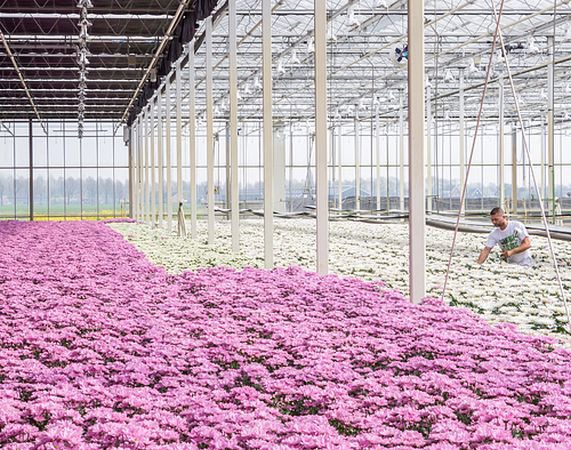During the summer months or in hot climate environments, solar radiation levels increase, and light intensity tends to greatly exceed the needs of flowers being cultivated in greenhouses. The stronger light and radiation levels can also influence the temperature and humidity inside the greenhouse, leading to additional climate problems. The key is to balance the energy being received by the flowers, and shading screens have the ability to regulate the light, temperature, and humidity.

When it comes to floral crop cultivation, the requirements vary for light. The most basic requirement is to reduce the morning that the plant receives as needed by shading or to regulate the photoperiod. These are both relatively easy to achieve with the use of shading screens.
Light plays an important role in the vegetative/generative growth and morphogenesis of floral crops. This is mainly reflected in three aspects: light intensity, light quality, and photoperiod. By using different types of shading screens, we can regulate the different light requirements for flower growth.
Ludvig Svensson recently developed a Floral Shading guide, where they explore the various ways that shading screens can be used to help improve the yield, quality, and health of flowers.
Click here to download the Floral Shading Guide.
For more information: 
Ludvig Svensson
[email protected] www.ludvigsvensson.com
